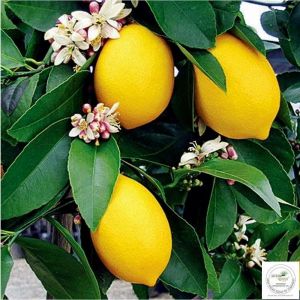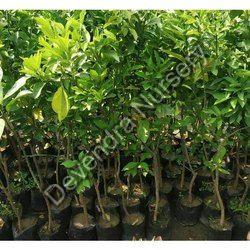
Lemon Plant
25 Per Piece
50 Piece (MOQ)

Lemon Plants
20 Per Piece
50 Piece (MOQ)
Best Deals from Lemon Plant

Lemon Plants
90 Per Piece
100 Piece (MOQ)

Lemon Grass Plant
2 Per Pieces
100000 Pieces (MOQ)
Lemon Grass Plant Are you looking for good quality Lemon Grass Plant? Yes. We at Ananta Farming - Lemongrass Plants Suppliers in India are offering the best quality products. The Lemongrass is superb for shaded patios, balcony gardens, or indoor areas windows with sufficient indirect sunlight. The plant loves dampness but does not let it sit in soggy soil. Our moringa seeds without wings are broadly used in the pharmaceutical, agriculture, cosmetic and food sectors. If you are interested in the export of bulk quantity products and wish to place an order, you can contact Lemongrass Plants Exporters in India who is ready to answer your queries.

hydrated lime plant
1,000,000 Per Set
1 Set(s) (MOQ)
Features: Used for grinding applications Finished in the perfect manner Reliable and easy to install

Lemon Plant
Get Price Quote
1000 Piece (MOQ)

Seedless Lemon Plant
80 Per Piece

Lemon Plant
35 - 45 Per Piece
1000 Piece (MOQ)

Dwarf Meyer Lemon Plant
65 Per Plant
1000 piece (MOQ)

Assam Lemon Plants
15 Per Piece
1000 Piece(s) (MOQ)

Seedless Lemon Plants
100 Per Piece
5000 Piece (MOQ)

Tissue Culture Lemon Plants
100 Per Piece
200 Piece (MOQ)

Lemon Plant
40 - 150 Per piece
5 piece (MOQ)

Assam Lemon Plant
20 - 30 Per Bag
500 Bag (MOQ)

Lemon Plant
5 - 30 Per Piece
5000 piece (MOQ)

Sweet Lemon Plant
70 - 100 Per Bag
100 plants (MOQ)
New Seller mosambi Planting Distance 15*15fit

Thai lemon Plant
65 - 70 Per plant
1000 plant (MOQ)
Lemon is cultivated in all parts of the country for the simple reason that it grows even in temperate lands. It does not penetrate its root too deep. Lemon is a perishable commodity and it has been used by the people in their day to day activities in cooking, bathing and preparing medicines. In India, Lemon is an important plantation crop. It is grown in an area of 18.39 lakh hectares, mainly in the four southern states of Kerala, Tamil Nadu, Andhra Pradesh and Karnataka. In Kerala and parts of interior Karnataka and Tamil Nadu.

Nimbu Plant
Get Price Quote
Your search for the best Nimbu Plant Supplier is over with us. Our company SBR Nursery is the best for choosing these plants. We have been in this field for years and supplied plants to customers all around the globe. The Nimbu, commonly known as lemon all around the world, is a small evergreen tree. The trees have thorns and fruit that turn from green to yellow on ripening. On a lemon tree, flowers and ripe fruits can be found at the same time. The oval fruit is famous is used widely for its juice. The pulp and rind are also used, primarily in cooking and baking. Lemon juice is acidic in nature and makes it a cheap, readily available acid for use in educational science experiments. There are plenty of other uses of lemon as well. Contact us and order our products to get them delivered to your doorstep without any delay.

Lemon Plants
20 Per Piece
1000 Piece (MOQ)
LEMON PLANT NURSERY ,SUPPLIER IN ODISHA MAHARASHTRA UTTAR PRADESH,TAMILNADU,TELANGANA, WEST BENGAL,PUNJAB,GUJARAT,KARNATAKA,CHATTISGARH,JHARKHAND RAJASTHAN, BIHAR HARYANA,MADHYA PRADESH,DELHI,PAKISTAN, DUBAI,AFGHANISTAN,NEPAL,SRILANKA,UK,USA. Lemon and Guava plant supplier nursery L49,Thai pink, Allahabadi ,1Kg

Lemon Plant
15 - 30 Per piece
10000 piece (MOQ)